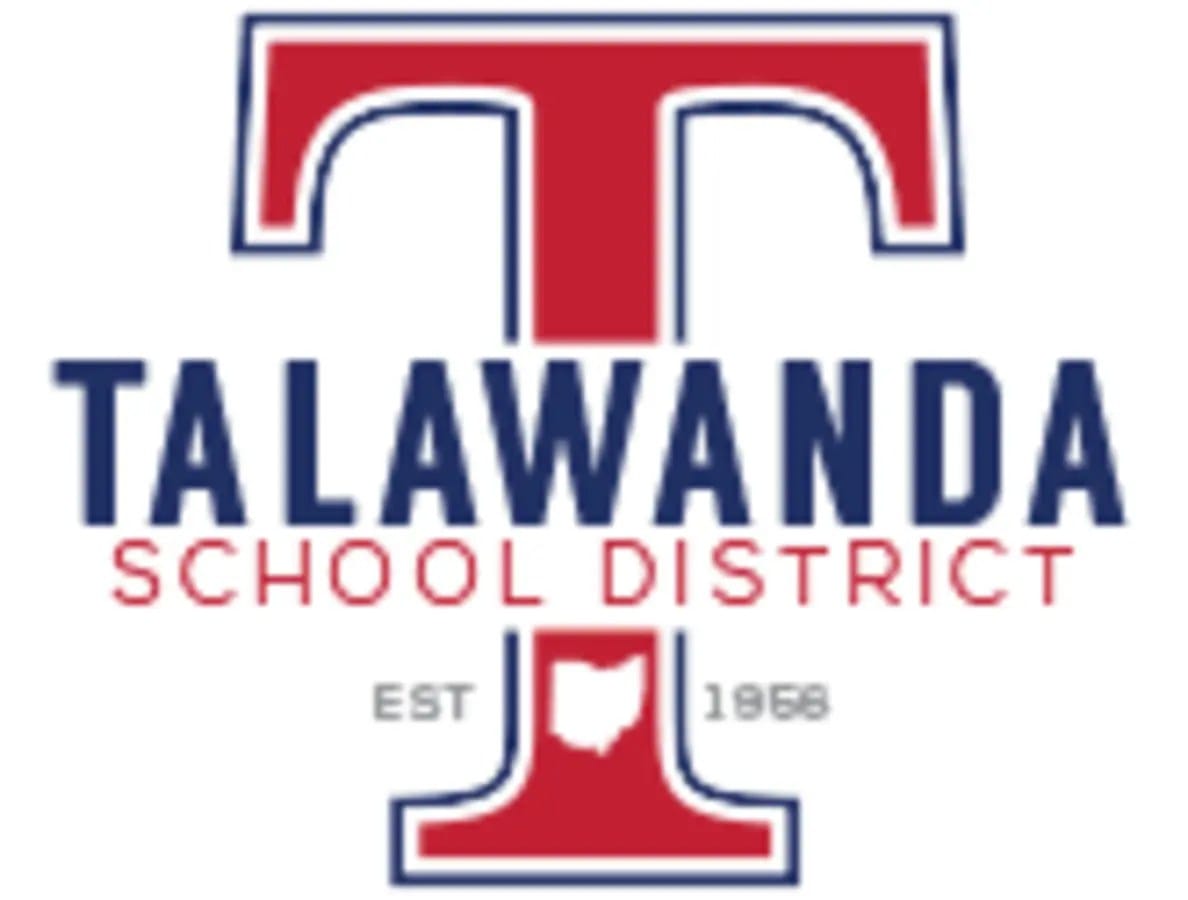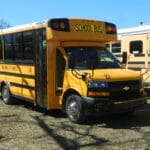Finding the right school district significantly impacts a child’s future. This comprehensive guide explores Talawanda Schools in Oxford, Ohio, providing valuable insights for parents and students for the 2024-2025 school year. We’ll cover academics, extracurriculars, community involvement, and recent developments, offering a balanced perspective on this southwest Ohio district. Discover the rich history and charm of Talbotton, Georgia, or explore the unique attractions and vibrant community of Tekonsha MI, a small town with a big heart.
Talawanda Schools: An Overview
Talawanda Schools serves approximately 3,000 students from kindergarten through 12th grade, nestled in a primarily rural setting encompassing 144 square miles around Oxford, Ohio. The district comprises three elementary schools (Kramer Elementary, Marshall Elementary, and a third elementary school currently unspecified), Talawanda Middle School, and Talawanda High School. With a student-teacher ratio of 19:1, Talawanda Schools likely offers a more personalized learning experience than districts with higher ratios. Niche.com gives the district an “above average” rating, though such ratings provide only a partial glimpse of the overall educational landscape.
Academic Landscape
Talawanda Schools aims to guide students on their educational journey. Statewide proficiency scores currently suggest that around 58% of students are proficient in math and 63% in reading, according to Niche.com. These figures offer a general overview and may not fully reflect individual student experiences or the support systems available. This guide will delve into Talawanda’s curriculum, Advanced Placement (AP) course offerings, graduation rates, and college acceptance data, offering a more comprehensive understanding of academic opportunities within the district.
Extracurricular Activities
Beyond the classroom, Talawanda Schools likely encourages student involvement in a range of extracurricular activities. These may include sports teams, academic clubs, arts programs, and student-led initiatives. This section will highlight award-winning programs, the breadth of activities across different school levels, and the potential benefits of extracurricular involvement in enriching the learning experience and developing valuable skills.
School Breakdown
Choosing the right school within a district is crucial. This table provides essential information about each school within the Talawanda district. While we strive for accuracy, some information is still being compiled, and contacting the schools directly may yield the most up-to-date details.
| School | Address | Phone Number | Grades | Special Programs/Notes |
|---|---|---|---|---|
| Talawanda High School | 5301 University Blvd, Oxford, OH | (513) 273-3200 | 9-12 | Strong history program (e.g., Michelle Miao’s National History Day success), after-school world language program |
| Talawanda Middle School | 4030 Oxford Reily Rd, Oxford, OH | (513) 273-3300 | 6-8 | |
| Kramer Elementary | Information forthcoming | Information forthcoming | K-5 | |
| Bogan Elementary | Information forthcoming | Information forthcoming | K-5 | |
| Marshall Elementary | Information forthcoming | Information forthcoming | K-5 |
Community Involvement
Established in 1956 through the consolidation of five smaller high schools, Talawanda Schools shares a deep connection with the Oxford community. This section will explore the active parent-teacher organizations, community partnerships, and the overall atmosphere, examining the impact of this close relationship on the learning environment.
District Comparisons
To offer a balanced perspective, this guide will compare Talawanda Schools with similar districts in the region, considering metrics like academic performance, extracurricular opportunities, and community resources. This comparison aims to provide insights into Talawanda’s strengths and potential areas for growth.
Future of Talawanda Schools
Education is constantly evolving. This section will explore the district’s future plans, including program development, facility upgrades, and curriculum changes, offering valuable information for long-term educational planning.
Addressing Challenges
Transparency is key. This guide will address any challenges or controversies facing Talawanda Schools in a factual and responsible manner, providing a complete understanding of the district’s context and encouraging ongoing dialogue.
Talawanda Middle School Leadership
Talawanda Middle School has experienced recent leadership transitions. Tim Derickson, who joined the district in April 2022 from Batavia High School, resigned in October 2023 following an internal investigation. The details of this investigation remain limited. Pamela Theurer is the current principal of Talawanda Middle School, though further information about her background and leadership approach is not readily available. These leadership changes may have affected the school community, and understanding their impact is important.
Reynoldsburg City Schools: A Quick Look
Reynoldsburg, Ohio, features a single high school, Reynoldsburg High School, operating across two campuses: Livingston and Summit. The Livingston campus houses programs focused on Health Sciences and Human Services and offers preschool programs. The Summit campus provides the core high school curriculum. The entire Reynoldsburg City School District comprises 16 schools, serving over 7,300 students. While having two campuses for a single high school may offer certain advantages like smaller learning communities, some research suggests that a single, centralized high school could potentially offer academic benefits. The ideal approach depends on the community’s needs.
Xenia City Schools: A Brief Overview
Xenia, Ohio, has twelve public schools and three private schools. Roughly 6,462 students attend the public schools, and about 789 students attend the private schools. Public school enrollment has grown by approximately 537 students, and private school enrollment has increased by approximately 195 students between 2022-23 and 2024-25. These changes may reflect evolving demographics or shifts in educational preferences. Further investigation would be needed to fully understand these trends. Beyond the numbers, a thorough understanding of a school system requires examining the quality of programs, teacher support, and the overall learning environment.
- Uncover James Albert King: A Legacy Revealed - April 2, 2025
- Georgia Platform: A Southern Strategy, 1850s - March 31, 2025
- How many weeks is 40 days: Quick Conversion Guide for Accurate Results - March 31, 2025















